The race for land: As Louisville sprawl marches east, land trusts, developers compete
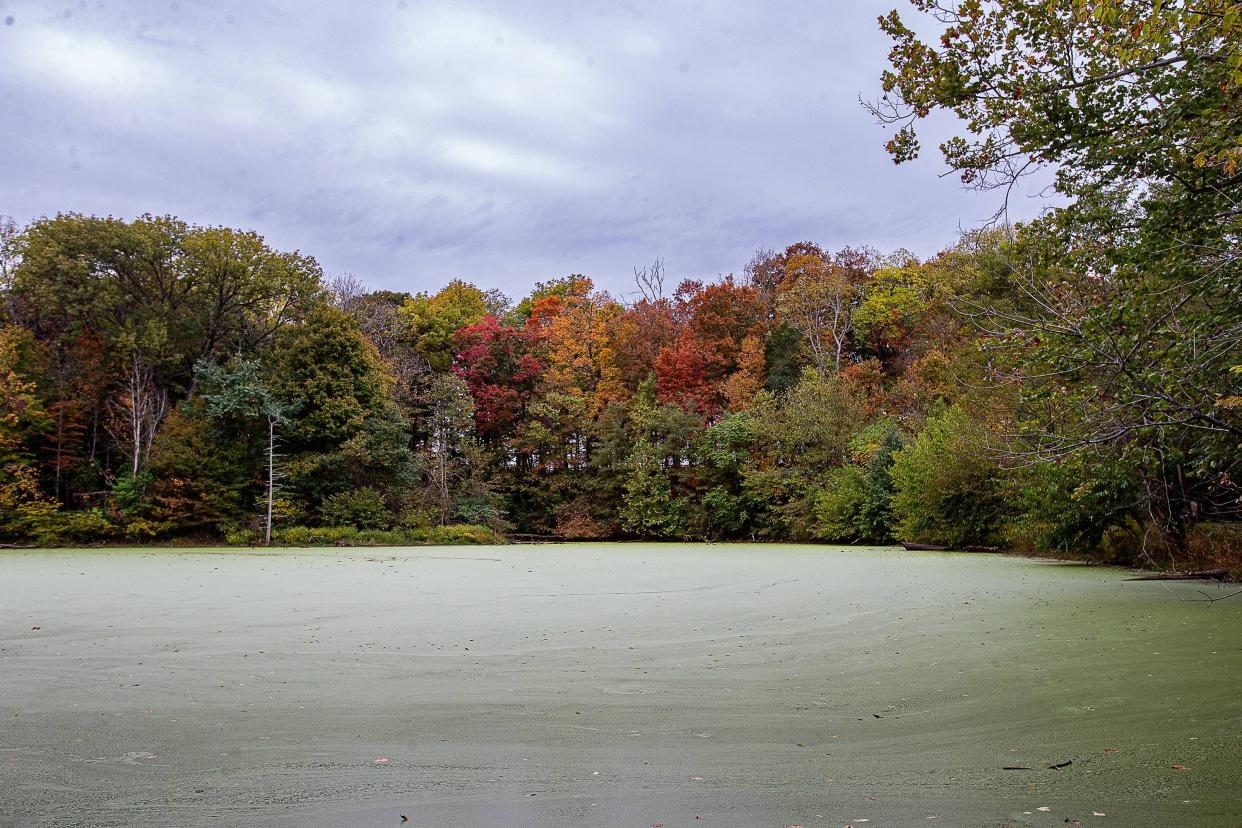
In the gently rolling hills of rural Oldham County, a walking trail leads through horse pastures and sassafras, away from the noise of state Route 329 and toward chirping from the treetops.
The path ends at a pond and several acres of wetlands — crucial habitat and a rest stop for migratory birds. Kentucky’s dwindling wetlands were stripped of protections following a U.S. Supreme Court decision earlier this year, and developers are increasingly eyeing this fast-growing area for new subdivisions.
But with Janey Newton’s signature, this pond, the wetlands, the trees and the rich pasture all around are now protected.
In late August, Newton entered into a conservation easement with the Bluegrass Land Conservancy. Conservation easements are voluntary legal agreements with a landowner that permanently limit development on a property for the protection of its natural landscape.
“Once you connect yourself with land, it becomes like part of your family,” she said of the farmland, which has been in her family since 1947. “I want to protect this land.”
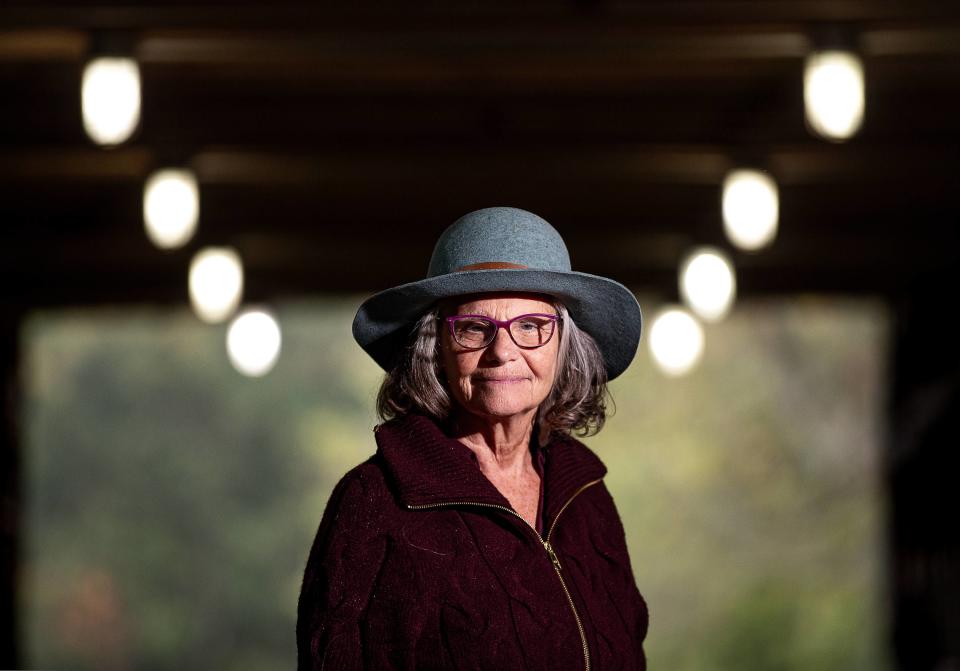
The opportunity to conserve this stretch of high-quality Bluegrass soil was significant, said Rosalind Streeter, communications manager for the conservancy. Kentucky is losing soil to erosion, a looming threat to future agriculture production in the commonwealth, and regenerating just an inch of lost soil can take hundreds of years.
The farm’s 62 acres “may not sound like a lot,” Streeter said. But the land trust is looking to protect far more in the region surrounding Louisville, and recently applied for $50 million in funding from the Natural Resources Conservation Service to do so — and quickly.
Conservation groups are working to permanently preserve natural areas and prime farmland amid a rush of development into Louisville's outlying rural and agrarian areas. The city's sprawl is driven further by its gaping housing shortage, but conservation advocates say there's a more environmentally responsible path forward.
“It’s just a huge race,” said Meme Sweets Runyon, president and CEO of the local land trust River Fields, “to get to that land first.”
'We have people who need housing'
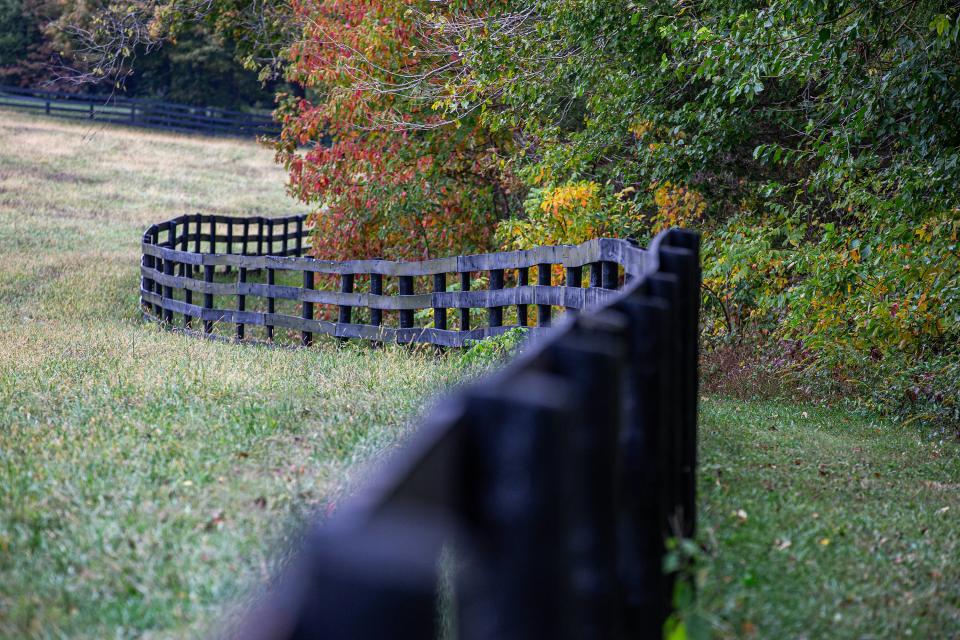
Louisville is short tens of thousands of housing units. In eastern Jefferson County, thousands of new units have been permitted in recent years.
The rush of development has bled into bordering Oldham County, where hundreds of units are permitted each year, including in areas close to Newton's newly protected property.
A vast majority of those units are single-family homes, building permit records show. A trend toward low-density building takes more acreage off of the table for conservation, and relatively less housing is created with that acreage, said Jessie Hancock, executive director of Bluegrass Land Conservancy.
"Louisville is probably the most obvious," she said, "but I do think that there's a general trend towards the low-density development ... across the Bluegrass region."
But with Louisville's current zoning and land development code, developers are already facing a complicated and sometimes lengthy process to meet housing demand. A slew of conservation easements, one industry group says, would further delay access to housing in the region.
"If you're tying up property, and you're making it not able to be developed, you could potentially be increasing the price of other property, which decreases affordability," said Juva Barber, executive vice president of the Building Industry Association of Greater Louisville.
"It's all more than just conservation. We have people who need housing, who don't have access to housing right now," she said. "And if you make it harder to develop and bring that housing to the market, you're just increasing the likelihood that most people won't be able to access housing."
Striking a balance between needs for housing and conservation is partly an issue of zoning. And earlier this month, when Mayor Craig Greenberg announced his plan to rapidly meet the city's affordable housing needs, he included an urgent call for zoning reform.
The plan estimates that three-quarters of the remaining vacant land in Jefferson County is zoned as R-4, a designation for the traditional single-family residential neighborhood.
"This absolutely must change if we are to create the necessary housing this community needs," Greenberg's plan says. Under the proposed rezoning, Louisville could add Greenberg's desired 15,000 housing units on a fraction of the acreage, leaving more natural lands undeveloped and decreasing the cost of expanding infrastructure like roads and utilities for taxpayers, the plan estimates.
To Runyon, developers’ march to the east represents an abandonment of Louisville’s urban core. Despite vacant and underutilized lots in the city’s older neighborhoods, developers are opting to forge new suburbs, where there are often more profits to be had, she said.
For the industry's part, Barber said infill development in the urban center comes with its own set of challenges, including finding suitable, attractive and connected land in the first place, and adapting to existing, and sometimes archaic, infrastructure.
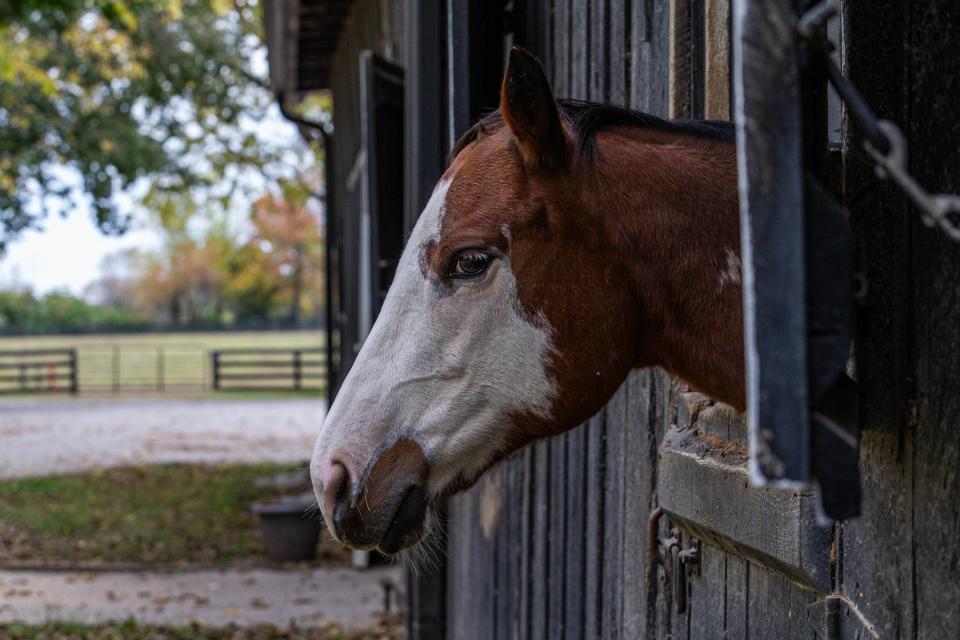
As builders scout for new land, some farmers across the region are "feeling the pressure,” Streeter said.
In Runyon's 37 years working for a local land trust, she estimates she's watched hundreds of farms, big and small, be turned into residential developments.
The land around Floyds Fork and the Parklands has proven especially contentious. Once surrounded by farmland, the overburdened creek has seen a surge of development on its banks, bringing developers and environmental advocates to clash before the Planning Commission.
Local planning officials are now in the process of revising development regulations for the area bordering Floyds Fork in Jefferson County.
The Bluegrass Land Conservancy is not "opposed to growth and development in any way," Hancock said, but wants to see a more balanced approach to both meet housing needs and preserve natural lands.
"If we look around the country at the best, most livable communities that people are attracted to," she said, "they're all places that have a balance of farmlands and natural lands and access to those areas, and a prioritization of clean water and human health.
"The way that the Louisville Metro area handles its growth, I think, is important and can be really telling for the future of the community."
'They love the land'
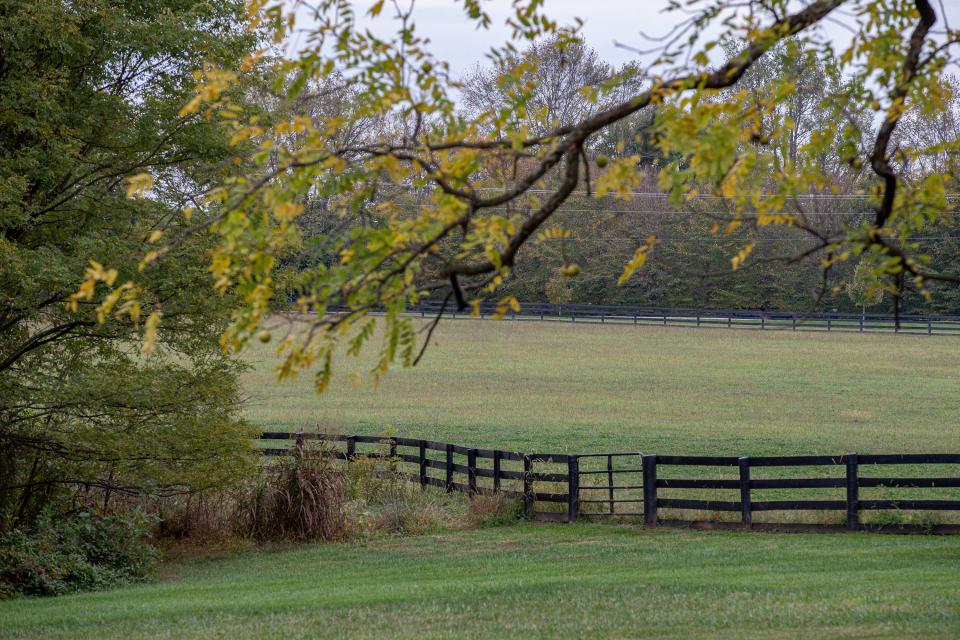
Bluegrass Land Conservancy has 33,000 acres already protected, and is looking to have 100,000 acres protected by 2050. Reaching that lofty goal will mean increasing the organization's pace, Hancock said.
"We have a very fast pace of conservation historically," she said. "However, we also know that the pace of conservation is not keeping up with the pace of land conversion, especially in central Kentucky."
If the federal government awards the $50 million grant for Bluegrass Land Conservancy to administer, Hancock said the program will prioritize historically overlooked landowners, including minority farmers.
The conservancy will also look to connect contiguous tracts of land, where protections could help form key wildlife corridors to support habitat and migration. Newton said she hopes to inspire some of her neighboring property owners to conserve their farmland, as she has.
But for her, it mostly came down to her connection to the land, and a desire to save a chunk of Oldham County farmland that's close to her heart.
When people approach Runyon, at River Fields, about working with a land trust to conserve their land, she hears the same reason for doing it, she said.
"They love the land, they love the land, they love the land. And that's it," she said. "It’s a really simple human devotion."
Connor Giffin is an environmental reporter for The Courier Journal and a corps member with Report for America, a national service program that places journalists in local newsrooms to report on under-covered issues. The program funds up to half of corps members’ salaries, but requires a portion also be raised through local community fundraising. To support local environmental reporting in Kentucky, tax-deductible donations can be made at courier-journal.com/RFA.
Learn more about RFA at reportforamerica.org. Reach Connor directly at cgiffin@gannett.com or on X @byconnorgiffin.
This article originally appeared on Louisville Courier Journal: As Louisville sprawl heads east, land trusts in a race with developers

